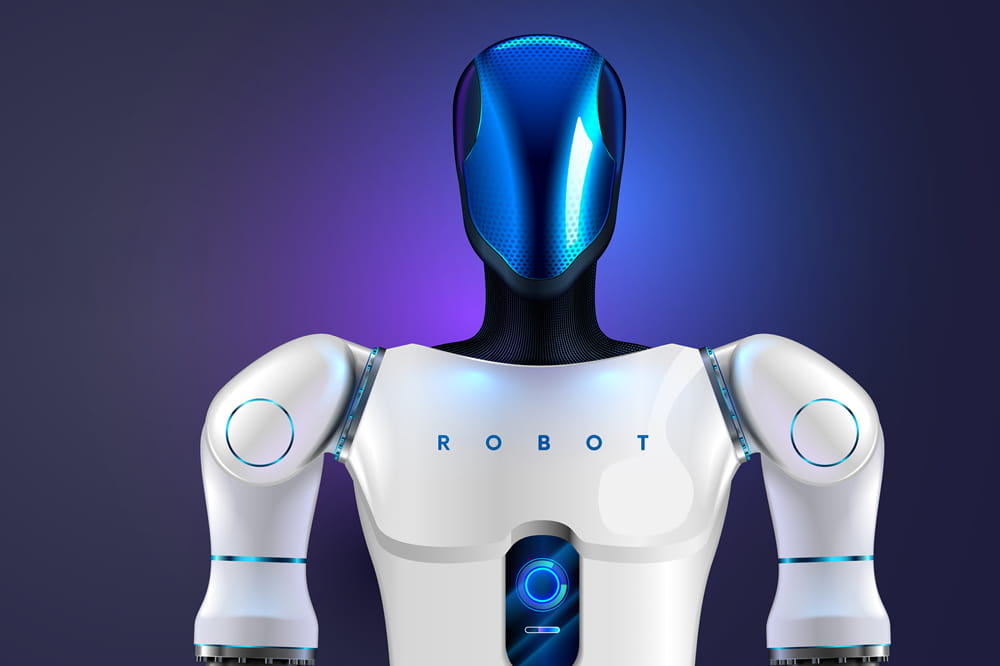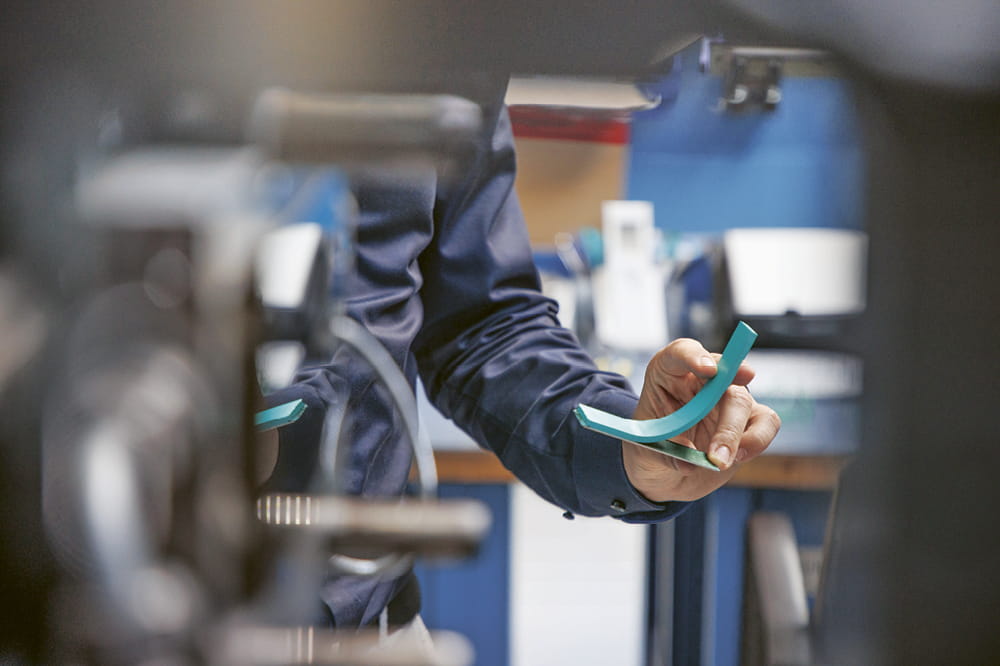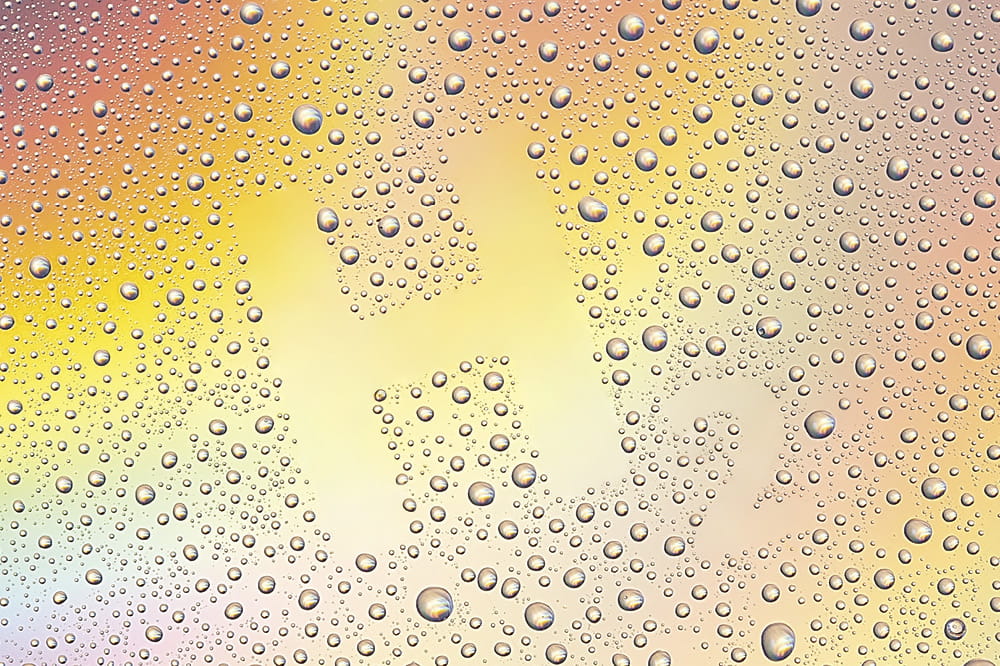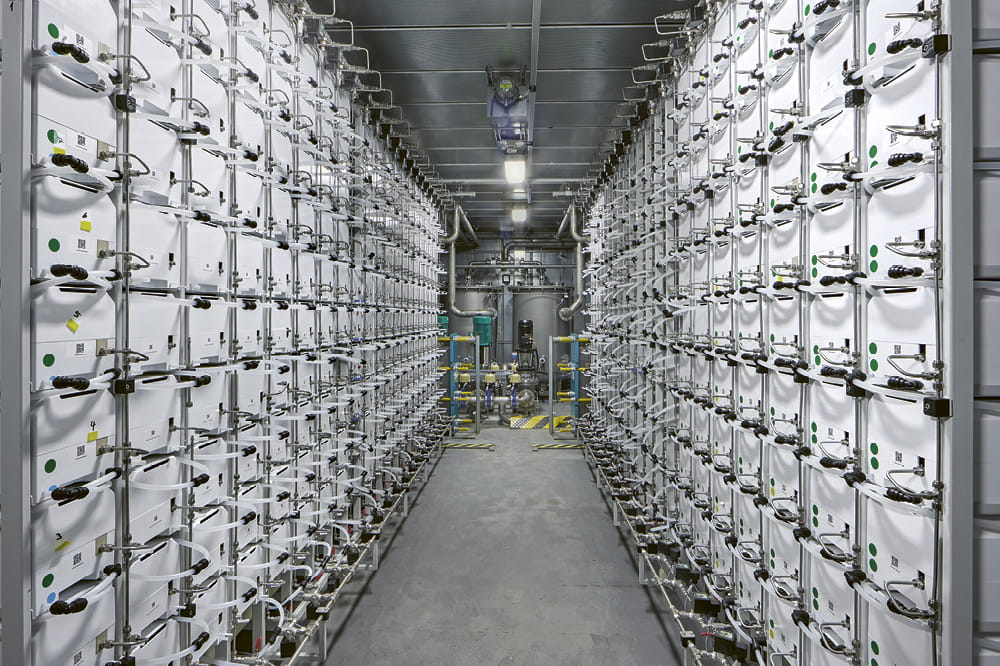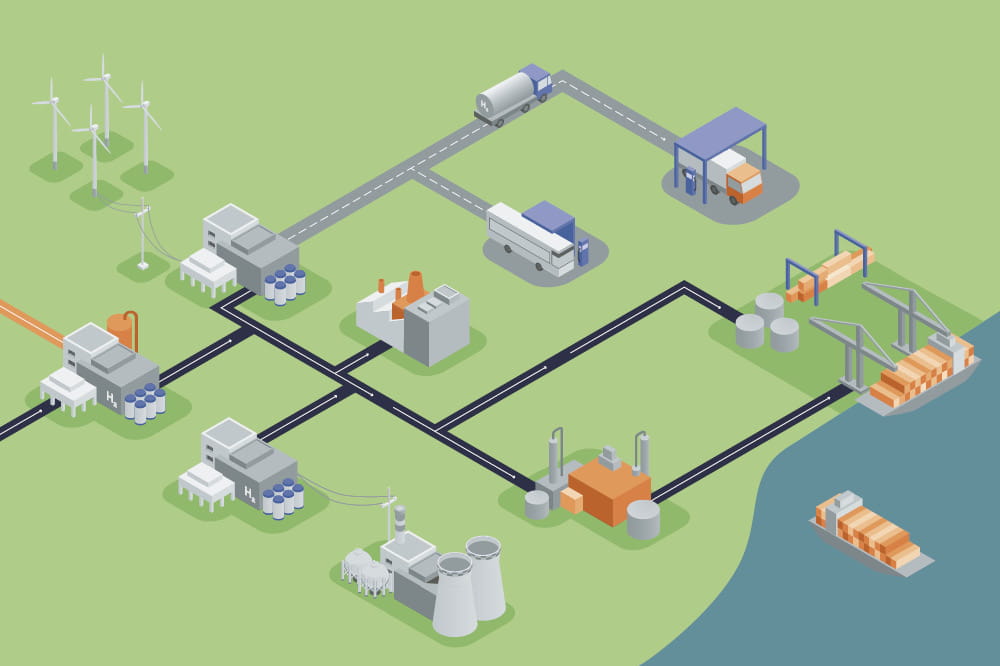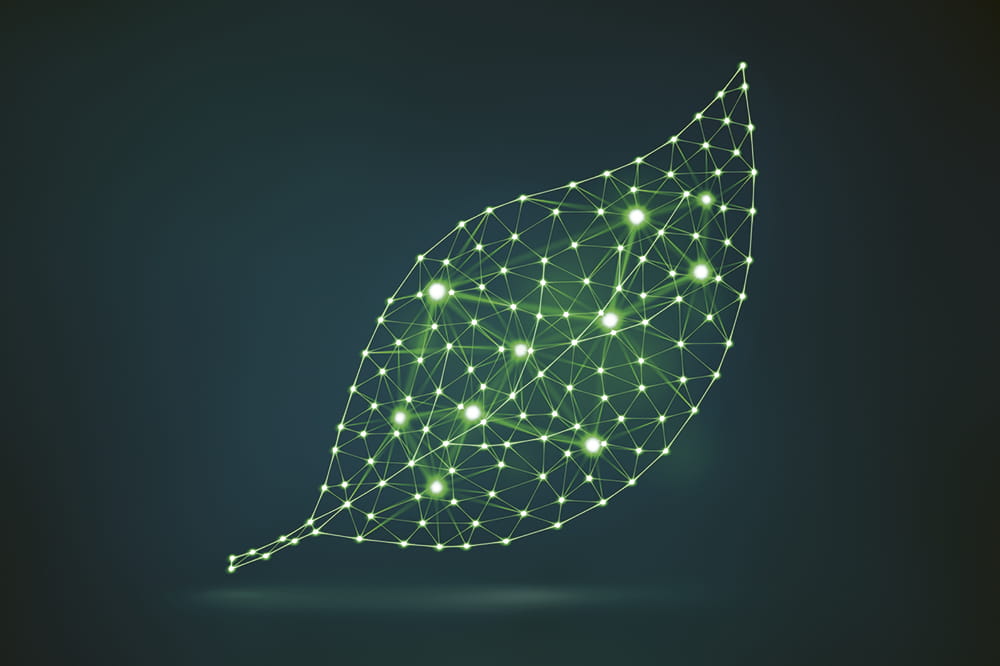Obtain news and background information about sealing technology, get in touch with innovative products – subscribe to the free e-mail newsletter.

How Is Hydrogen Produced?
In Korea, it is customary for relatives to give the bride and bridegroom wooden ducks. Why? Because these water fowl are thought to form especially strong bonds. The wooden ducks stand for the newlyweds’ marriage.
In Korea, it is customary for relatives to give bridal couples wooden ducks. Why is that? Because waterfowl are said to have especially strong bonds. The objects thus represent the marriage of the newlyweds. Elements also enter into tight bonds. The link between hydrogen and oxygen is one example. Together, they form water, and it takes a great deal of effort and energy to separate them.
Hydrogen itself is highly volatile. It is normally colorless and odorless. Its gaseous molecule has two atoms and must be stored under high pressure – in meticulously sealed tanks or gas canisters. But hydrogen’s main mission is to return to oxygen and become water. It then releases some of the energy that had to be expended to separate it. This effect can be exploited within a cycle to produce and use energy climate-neutrally.
STATION 1 |
WATER AS THE FOUNDATION
As mentioned above, water is composed of oxygen and hydrogen. One oxygen atom and two hydrogen atoms form a molecule. In nature, water mostly contains proportions of gases, organic compounds and salts in a dissolved state. In all, water covers 71 percent of the earth’s surface. The volume of the water comes to 1.4 billion cubic kilometers, 3.5 percent of which is freshwater. That in turn amounts to 48 million cubic kilometers. If this quantity were compressed into a cube, each edge would measure a whopping 363 kilometers in length. So water is present on the planet in massive quantities, but it is unequally distributed.
STATION 2 |
CLIMATE-NEUTRAL PRODUCTION OF ELECTRICITY
Green electricity can be generated with hydropower as well as solar and wind facilities. Industrial and private consumers purchase the electricity produced in this way. In favorable weather situations – for example, during sunny periods or on windy autumn days – it is possible to produce more electricity than is needed. The expansion of renewable facilities in a country intensifies this effect. The surplus of electricity must then either be processed immediately or stored. This is where hydrogen comes into play. With the help of electrolysis, excess electricity can be used in special facilities to produce hydrogen.
STATION 3 |
ELECTROLYSIS FACILITY
But what exactly happens in an electrolysis facility of this kind? Here water is brought into contact with electricity. The electric energy splits the water into oxygen and hydrogen. As a rule, freshwater is used in the process. But there are now catalyzers that render seawater suitable for hydrogen electrolysis. Many of the conventional facilities today are adopting a process with a membrane at its center that is only permeable to protons. The membrane functions as a separator that is attached between the cathode and anode, in effect, a fuel cell but in reverse. When voltage from the outside is applied, it leads to the decomposition of the water at the anode. The result is hydrogen ions, free electrons, and oxygen. Only the hydrogen ions make it through the membrane to the cathode. There they combine with the free electrons and become hydrogen.
STATION 4 |
HYDROGEN-BASED TRANSPORTATION
Hydrogen can be used to power vehicles with fuel cells, for example. For that to happen, it must be transported from the hydrolysis facility to the user. The transport can take place in special tanks by rail or on the highway. In these cases, compressed hydrogen is stored as a pressurized gas in the tanks. There are also tank systems where hydrogen can be stored in liquid form at -253°C (-423°F). To bring the world as close as possible to climate neutrality, the trucks or trains would have to operate on renewable energy or with the fuel produced from it. Another variation is to ship the gas across great distances using pipelines and get along with comparatively little energy use.
STATION 5 |
HYDROGEN FUELING STATION
There is little new about the fueling process for today’s vehicle owners. The fueling pumps, however, are operated somewhat differently than the usual gasoline dispensers. It should be noted that the tank for a fuel cell-powered car or truck must be filled at quite a high pressure. The hydrogen streams out of the storage unit and into the vehicle at about 700 bar. This requires locking the fueling hose in place with the coupling that is provided; it is connected to the vehicle’s tank-filling neck. Then the hose is pulled pressure-tight automatically. An infrared interface transmits the key vehicle data for the fueling process to the hydrogen dispenser. It takes up to four minutes to fuel a car – only slightly longer than for comparable tanks being filled with diesel or gasoline. The range, however, turns out to be somewhat less for hydrogen-powered vehicles. It is between 400 and 500 kilometers.
STATION 6 |
VEHICLES WITH HYDROGEN DRIVE
Like the fueling process, the drive system may also resemble that of an internal combustion engine. That is the case for vehicles with hydrogen engines. But hydrogen, diesel or gasoline, goes into the tank. In other cases, hydrogen propels electric vehicles. They have a fuel cell that converts the hydrogen into electric energy, which powers an electric motor. In relation to its mass, hydrogen has immense energy density, a real advantage. It gives trucks and buses the ability to cover the long distances that their operators require. But there is also an appreciable disadvantage: Hydrogen is very light. Based on its volume, its energy density is very low. That makes it necessary to compress it significantly. And even then, its tanks take up more space than conventional fuel tanks
STATION 7 |
FUEL CELL
Here is how fuel cells work: Positively charged hydrogen ions migrate within the cell from the anode to the cathode. In the process, they pass through a polymer electrolyte membrane. There they react with atmospheric oxygen. Only water remains. In the course of this process, an abundance of negatively charged hydrogen electrons emerges at the anode. If you connect these hydrogen electrons to the cathode using a separate electric circuit, they migrate there. That means electric current is flowing – but only at about 50 percent of the current that was originally used to produce the hydrogen. This has led to the search for a more efficient solution. Freudenberg has developed a gas diffusion layer that feeds the gases as homogeneously as possible to the reaction process. As a result, only water vapor is released to the environment. And that closes the cycle.
This article originally appeared in ESSENTIAL, Freudenberg Sealing Technologies’ corporate magazine that covers trends, industries and new ideas. To read more stories like this, click here.
More Stories About Sustainability

Join Us!
Experience Freudenberg Sealing Technologies, its products and service offerings in text and videos, network with colleagues and stakeholders, and make valuable business contacts.
Connect on LinkedIn! open_in_new







